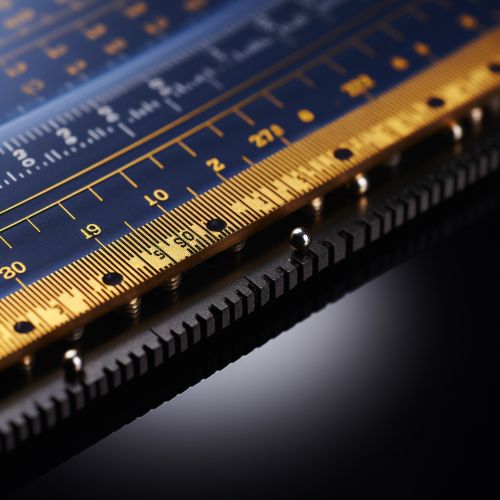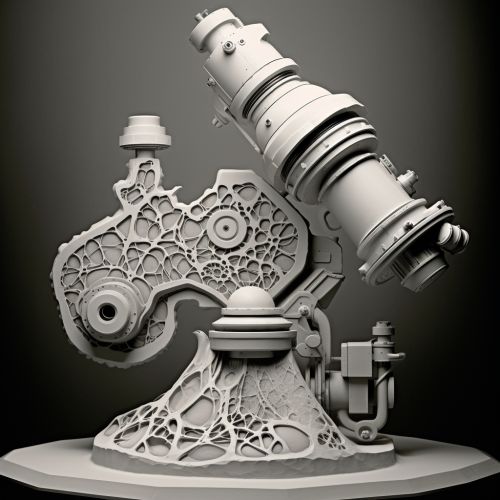Nanometer
Introduction
A Nanometer is a unit of spatial measurement that is 10^-9 meter, or one billionth of a meter. It is most commonly used in the field of Nanotechnology, where it is often used to measure the size of small particles, such as atoms and molecules.


Definition and Origin
The term "nanometer" is derived from the Greek word "nanos", meaning "dwarf", and the Latin word "metrum", meaning "measure". The nanometer is a unit of length in the International System of Units, commonly known as the metric system. It is one of the smallest units of measurement, smaller than a micrometer and larger than an Angstrom.
Applications
The nanometer is most commonly used in the field of nanotechnology, which involves the manipulation of matter on an atomic, molecular, and supramolecular scale. This field has a wide range of applications, including in the areas of medicine, physics, chemistry, and engineering.


In medicine, for example, nanometers are used to measure the size of viruses, which typically range in size from 20 to 300 nanometers. In physics and chemistry, nanometers are used to measure the wavelength of light and the size of atoms and molecules. In engineering, nanometers are used in the design and manufacture of microchips and other nanoscale devices.
Measurement Techniques
There are several techniques used to measure objects in the nanometer scale. These include Scanning Electron Microscopy, Transmission Electron Microscopy, and Atomic Force Microscopy. These techniques use various methods to image and measure objects at the nanoscale, providing valuable information about their size, shape, and structure.


Challenges and Limitations
While the nanometer is a crucial unit of measurement in many scientific and technological fields, there are also challenges and limitations associated with its use. One of the main challenges is the difficulty of accurately measuring objects at the nanoscale. This is due to the fact that objects at this scale are often smaller than the wavelength of light, making them difficult to see with traditional optical microscopes.
Another challenge is the influence of quantum effects, which can cause particles at the nanoscale to behave in unpredictable ways. This can make it difficult to accurately measure and predict the properties of nanoscale objects.


Future Prospects
Despite these challenges, the use of the nanometer as a unit of measurement is likely to continue to grow in importance as nanotechnology continues to advance. This is likely to lead to new applications and techniques for measuring at the nanoscale, further increasing our understanding of the nanoworld.
